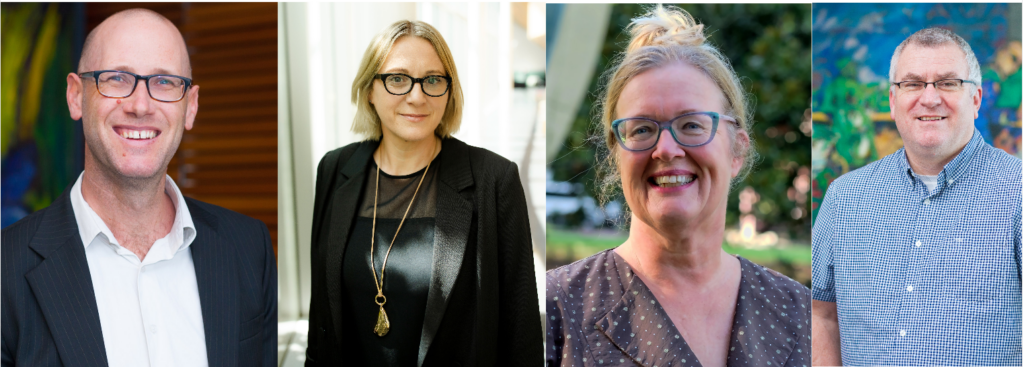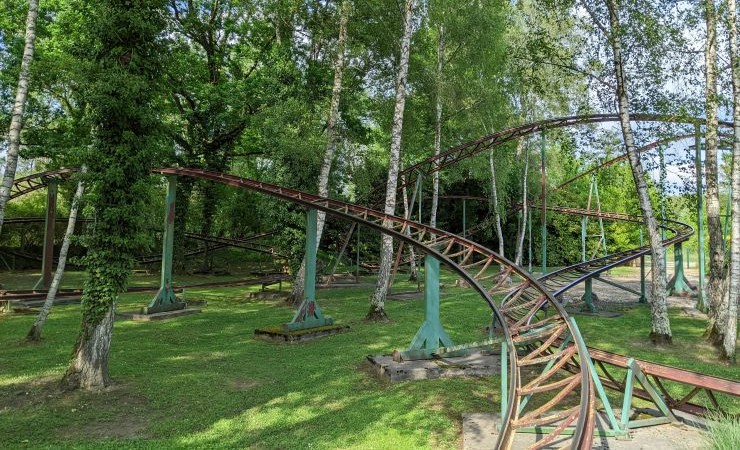The Rollercoaster of Eco-anxiety: Acknowledging Both Hope and Despair in the Classroom
Authors Peter Skilling, Fiona Hurd, Marjolein Lips-Wiersma, and Peter McGhee reflect on their article, “Navigating hope and despair in sustainability education: A reflexive roadmap for being with eco-anxiety in the classroom,” which was published in Management Learning.
As sustainability teachers in a business school, we became increasingly bothered by the ways in which our students’ reactions to sustainability content were changing. Students seemed increasingly anxious and resistant to engaging deeply with these crucially important issues. Some seemed weighed down by caring deeply about sustainability challenges, while others appeared to not care at all. We noticed that we also were feeling differently about teaching sustainability content: as we watched multiple ecological crises unfold, we struggled to manage our own emotional reactions. We were tired, worn out, and beginning to doubt the impact of our teaching. In response, we often found ourselves in conversation with each other, talking about our shared experiences.

Initially, we didn’t think of these conversations as the basis for a research project but rather as a way of exploring our teaching practice and finding the solidarity we needed.
Through these collegial conversations, we came to view our experiences in the sustainability classroom through a lens of hope and despair. In our teaching practice, we had all intuitively seen hope as a desirable outcome and despair as problematic. In delving more deeply into these concepts, however, we came to think of hope and despair not as oppositional, but as closely interwoven.
Through the lens of hope and despair, we could see we were taking our sustainability students on a rollercoaster: we moved through despair at the reality of environmental crisis, then hope at the green shoots of positive responses, then again into the despair associated with the limited scale of existing responses. To our alarm, we noticed that we had been taking our students (and ourselves) through this journey without a clear roadmap or even a clear idea of the cognitive and emotional demands that it placed on everyone involved.

These insights led us to develop a roadmap of different ways of engaging hope and despair in the sustainability classroom. This roadmap has helped us to reflect more deeply on how and why our teaching practice engages with hope and despair in the classroom. As a result, we have become more deliberate in how we work with our students’ emotional responses as well as our own. The process we followed has also shown us the importance of collegial support: it can be a lonely experience to be charged with teaching sustainability in a context of an existential crisis. The outcomes of our reflections have given us a renewed and realistic hope (entwined with despair) for our teaching, and we share this with our students and each other rather than carrying the responsibility for such emotions alone.
In our article, we offer our framework in hopes that it will also help other sustainability educators to reflect on their own practice in a context where our students increasingly bring feelings of eco-anxiety to the classroom.































































































